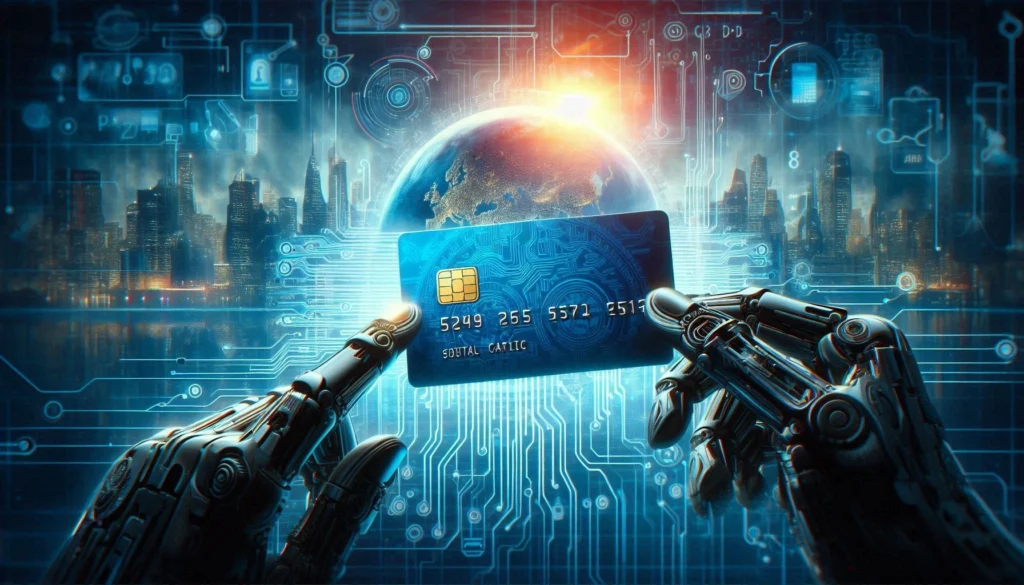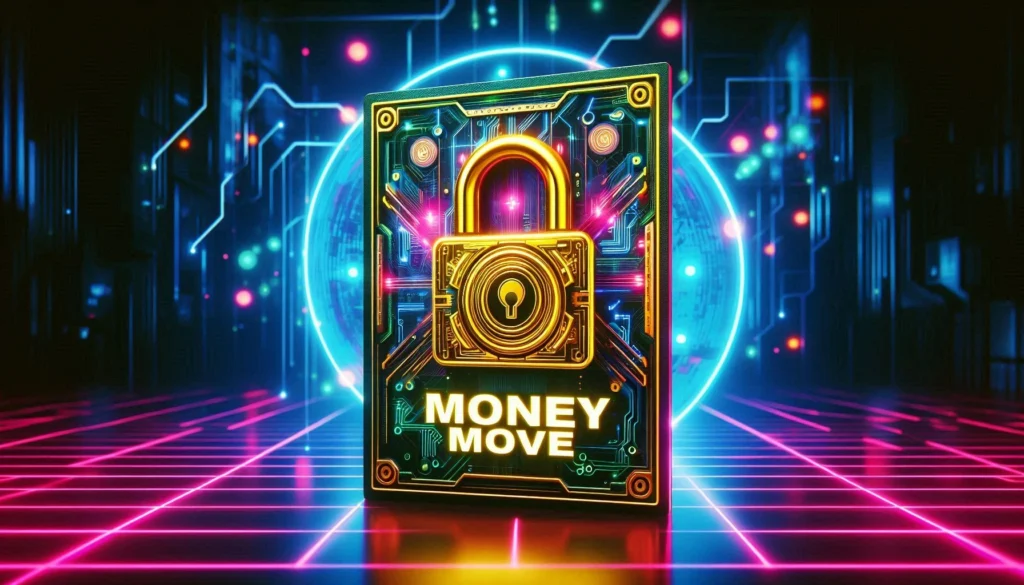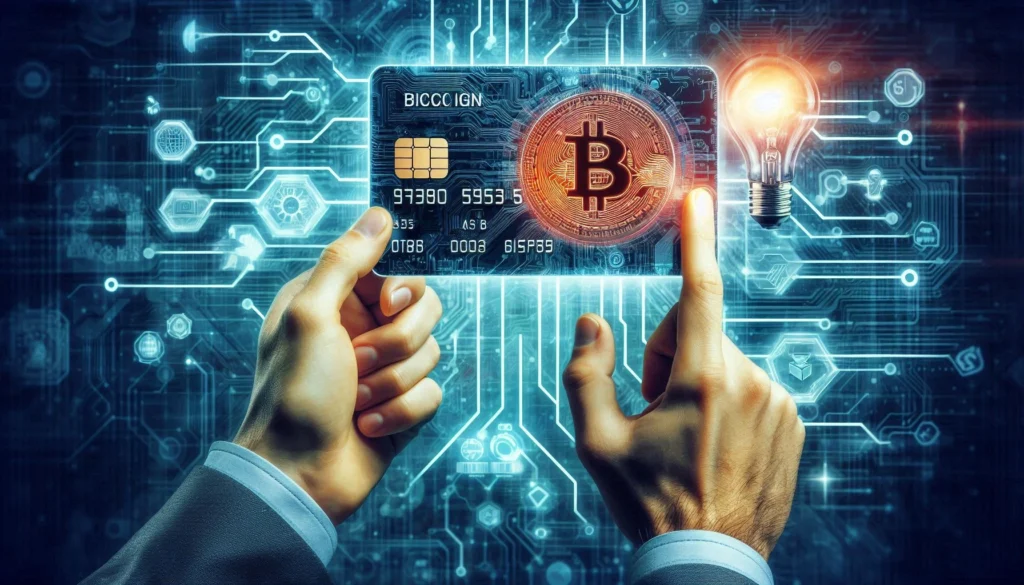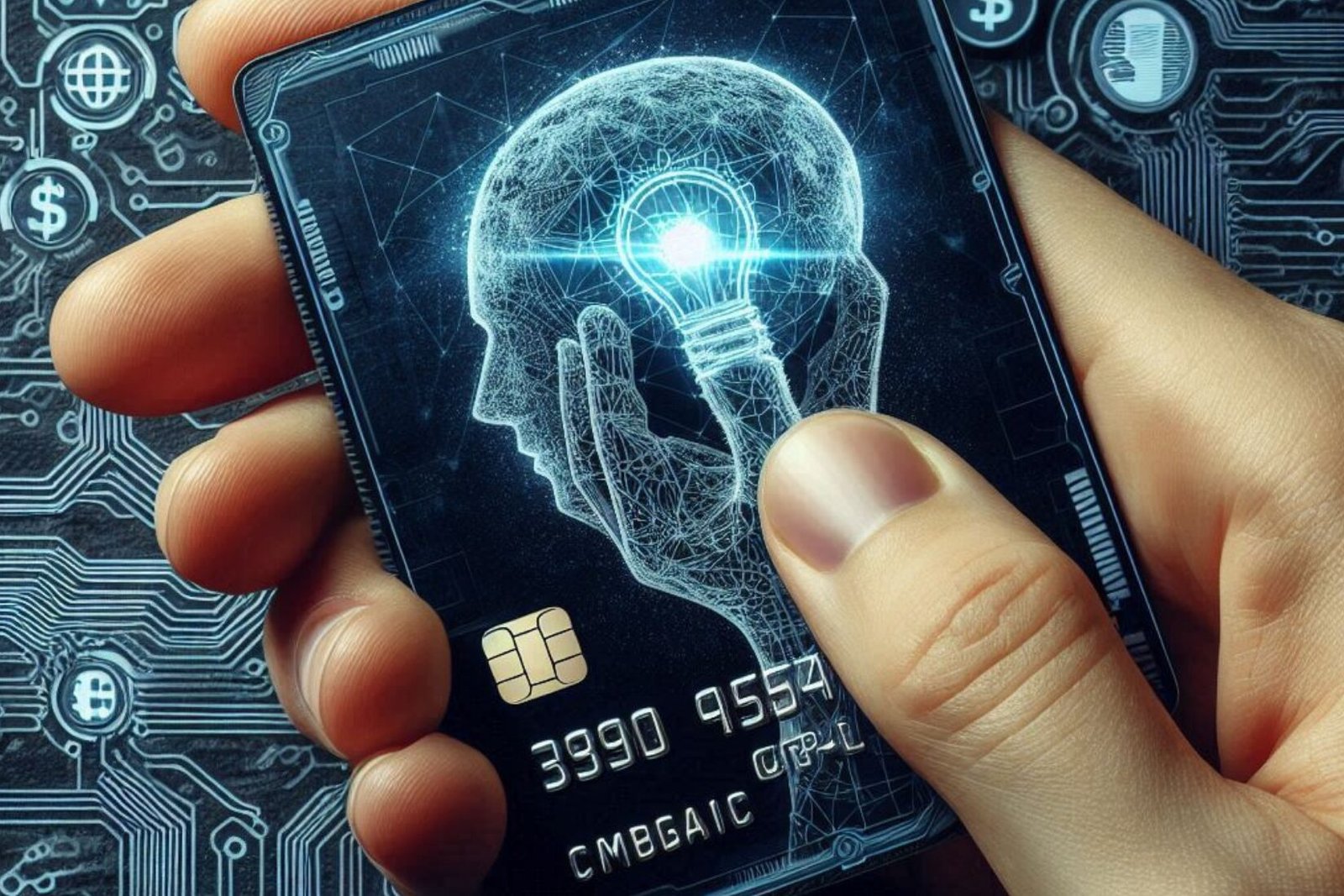How Virtual Crypto Cards Work: A 2025 Breakdown of the Tech Behind Seamless Spending
By 2025, the virtual crypto card has gone from fringe innovation to daily financial tool. More crypto users are no longer content with just HODLing—they want to spend. And that demand is pushing real progress. But what actually happens when you swipe or tap a card tied to your wallet? What’s going on behind that “Transaction Approved” notification?
The virtual crypto card is far more than just a digital replacement for plastic. It’s a multi-layered system that connects blockchain logic with real-world commerce. And when it comes to seamless integration, Money Move is leading the charge.

Virtual Crypto Cards in 2025: Connecting Wallets to the World
When you authorize a payment, the platform directly connects to your crypto wallet. It executes a smart contract to release the precise amount of digital assets, like USDT, from your account. At the same time, the system calculates the fiat equivalent using a real-time exchange engine. Then, it sends that value into the Visa or Mastercard network for settlement. All of this takes just seconds. While you only see the word “success,” behind the scenes, the platform runs a beautifully coordinated sequence of wallet calls, currency conversions, and compliance checks.

A Seamless Tool for Web2.5 Users
In the Web2.5 era, it’s not just about being decentralized—it’s about being usable. Money Move understands this deeply. That’s why its virtual crypto card is not built to show off blockchain tech; it’s built to hide it. The platform merges user-friendly design with advanced backend infrastructure: MPC-based wallets ensure self-custody, while a built-in exchange mechanism allows users to top up with USDT, pay in EUR, and settle in MYR—all without leaving the app.
The platform’s DeAI risk engine tracks user behavior in real time, detecting anomalies, halting suspicious activity, and learning from every transaction. Each swipe doesn’t just represent a payment—it becomes part of a user’s on-chain behavioral signature, which may soon unlock credit scoring, dynamic limits, and more.

What Makes Money Move’s Virtual Crypto Card Technically Unique?
Security, control, and compliance used to be trade-offs. Not anymore. Money Move’s architecture uses non-custodial MPC wallets, so private keys never touch centralized servers. At the same time, the entire flow adheres to PCI-DSS standards and integrates with regulatory frameworks in key markets like Hong Kong, Lithuania, and the US.
This balance is what defines the 2025 version of a virtual crypto card. It’s not just programmable—it’s also trusted, global, and secure. Most importantly, it respects the user’s autonomy while still protecting their funds.

Real-World Usage: More Than Just Coffee Runs
Although most people first imagine virtual crypto cards as a way to pay for food or shopping, the truth is: they’re now powering far more serious financial flows. Marketing agencies use them to pay for global ad campaigns in crypto. Freelancers receive their project payouts and spend them instantly without converting to fiat manually. B2B companies settle overseas supplier invoices without touching traditional banks.

Virtual Crypto Cards in 2025: No Hype, Just Real Utility
The virtual crypto card in 2025 isn’t a gimmick. It’s a response to real financial friction—and a symbol of what Web2.5 was always meant to be: practical, secure, and accessible. With Money Move, users don’t need to choose between the old world and the new. They just tap, pay, and move forward—while the blockchain works quietly in the background.
Relevant News: Bitcoin Halving Impact and BTC Price: A Simple Guide for Vietnamese Beginners




